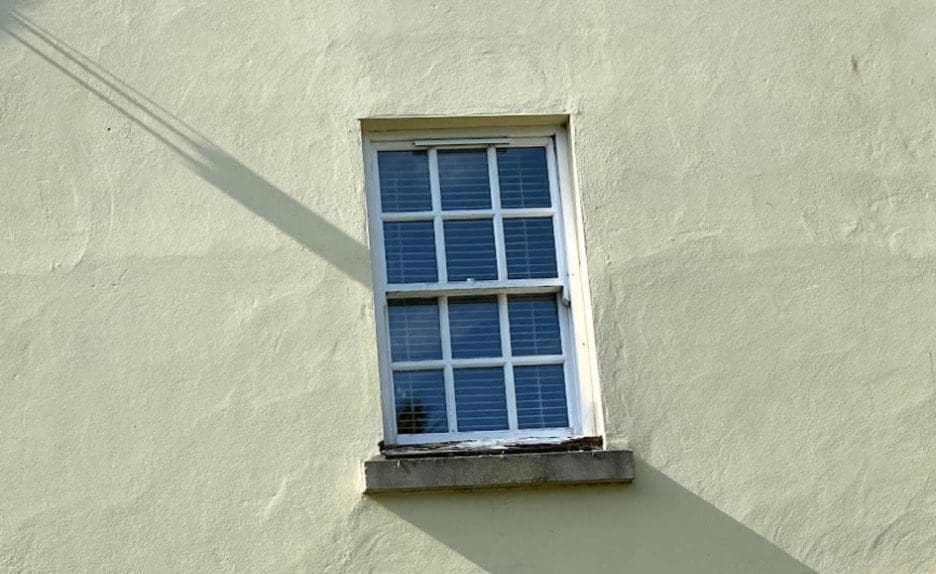When it comes to heat loss from windows, glass is usually the key culprit. Although it might seem like a small piece of the puzzle, glass accounts for around 72% of the heat that gets lost through a window.
Most houses in the UK require Reglazing and sash window draught-proofing to combat heat loss.
The window’s function is to let light in; that’s why the surface of the window consists mostly of glass.
Other factors, such as window placement and insulation around the edges of the window and between moving sliding sashes, also play a role in heat loss from windows. However, installing energy-efficient glass with special coatings and insulation gases or vacuum can help to minimize this problem.
Overall, whether you are looking to cut down on your energy costs or simply keep your home more comfortable, paying attention to your windows is an important step in achieving these goals.
What can you do to the original single-glazed windows to save on energy bills?
Single glazing is a common residential window option that has several disadvantages when it comes to energy efficiency.
Unlike double- or triple-glazed windows, which have much better insulation properties, single glazing typically has a relatively high U-value of around 5.6 W/m2K.
This means that heat can easily pass through the windows, making them an inefficient way to control indoor temperatures and reducing the overall comfort of your home.
Additionally, single glazing can also be more prone to problems like condensation and fogging, which can further contribute to energy loss and comfort issues.
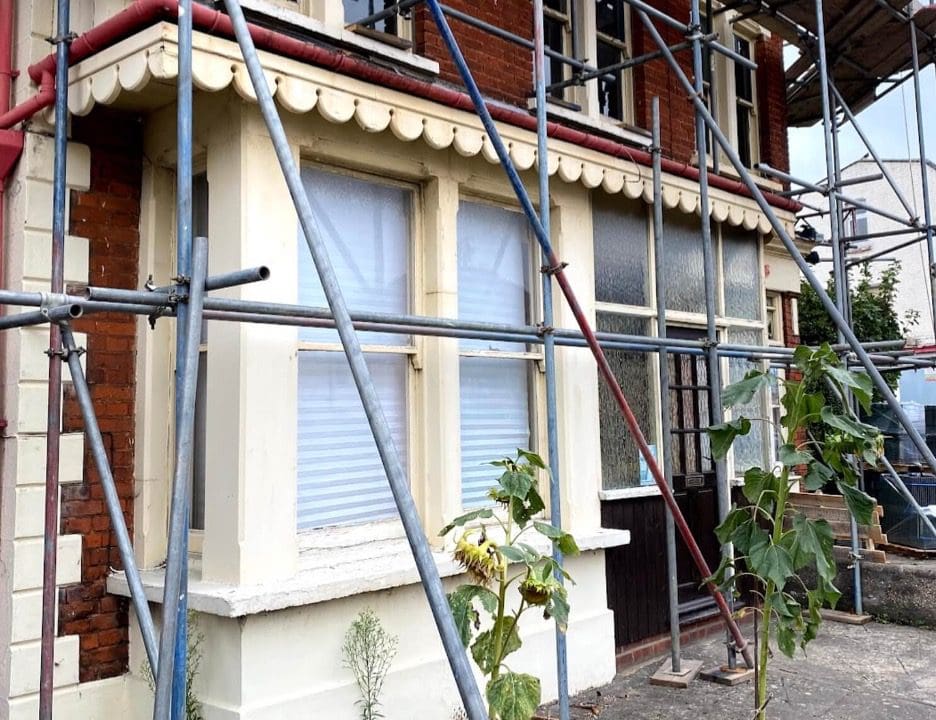
Therefore, if you are looking to improve the energy efficiency of your home, it may be worth considering upgrading your original sash windows glazing to a more modern option.
There are three options for how the glazing can be replaced:
- Replace the whole window
- Reglaze the sashes only
- Reglaze the existing sashes
Retrofitting existing sashes & install the draught-proofing system
When it comes to energy efficiency, there are a number of great options for improving the performance of your pre-1919 original sash windows.
One of the most effective and suitable for Grade 2 listed buildings methods is to retrofit the existing sashes with energy-saving VIG vacuum-insulated glazing.
This involves removing the single glass panes and fitting new double glazing into the existing sashes.
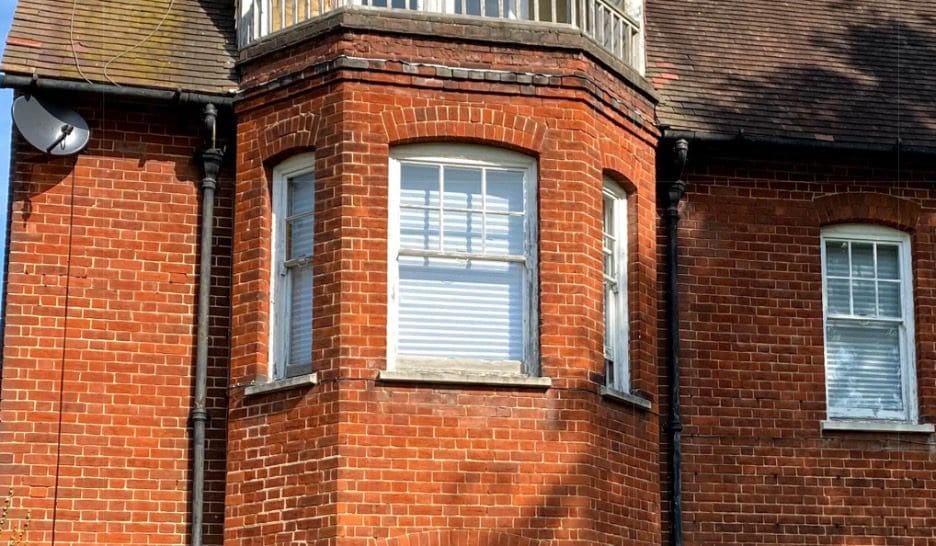
Reglazing is usually done together with draughtproofing. While draughtproofing, which blocks drafts from entering through gaps around the window, can be helpful, it doesn’t address heat loss that occurs through the glazing of the window.
Double-glazed sash replacement only
The second method to enhance single-glazed windows’ insulating qualities is to replace the sashes with double-glazed sashes.
Those sash-only replacements come with different glazing systems, including brands such as:
- Slimlite
- Slenderglaze
- Histoglass
- Rarely Landvac and Pilkington Spacia
The Slimlite and Histoglass systems all have similar traits: a slim-profile double-glazed unit with a low U-value, a variety of cavity depths to match various U-values, and Low-Emissivity glass as the inner pane.
The new sashes are installed into the box frame and affixed with ready-draught-proofed beads.
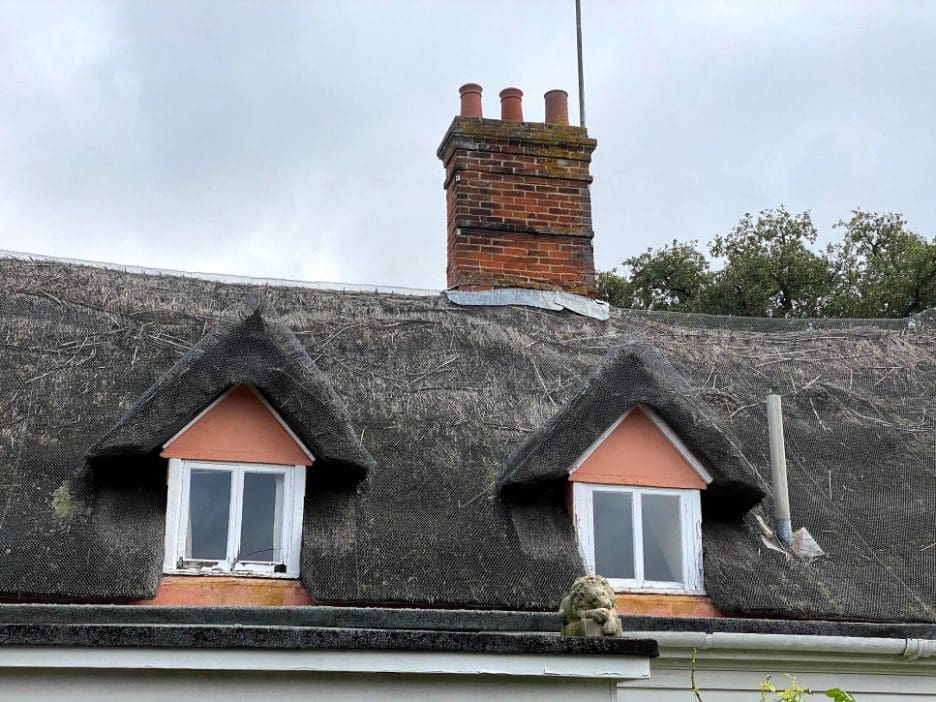
Sash window restoration companies, local joiners, and new window manufacturers all offer this option.
In addition, it has become increasingly popular in sash window restoration projects in London since there is no space to re-glaze the windows on the side, due to the lack of space.
The new sashes are made at workshops. Replacement sashes are delivered and installed on the same day. Perfect solution for busy London high streets.
The whole window replacement with new double-glazed windows
Replacing old, single-glazed sash windows with new double-glazed windows is the third option available to homeowners of period properties This option is designed to address the issue of single glazing.
The new windows is the first thing homeowners explore, but after finding out how expensive it is, looking for alternatives.
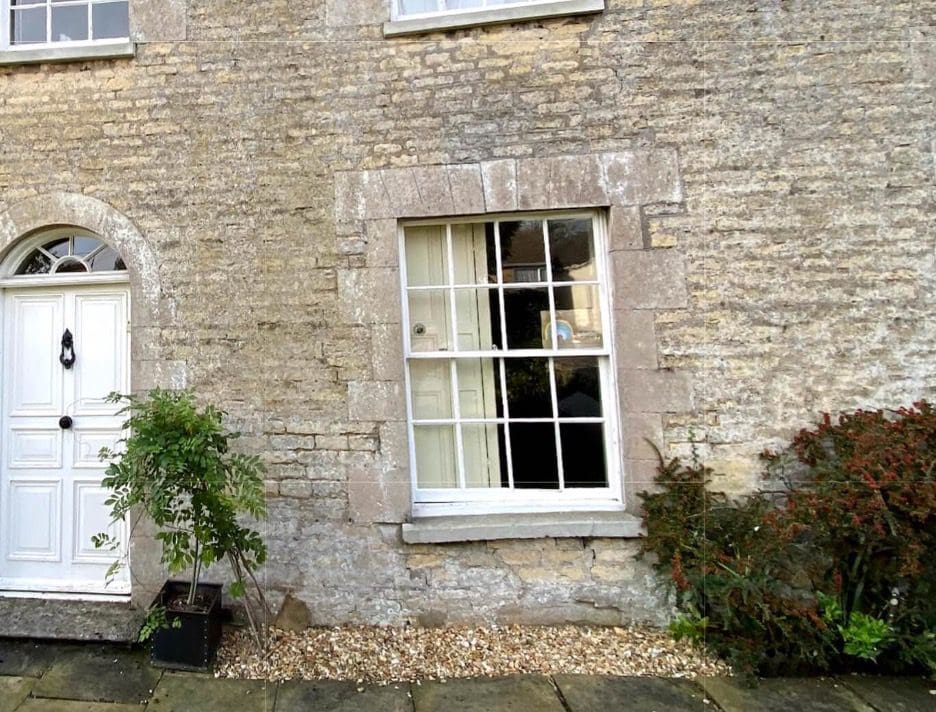
The new timber windows are not just made locally but also come from abroad, from EU countries.
A full window replacement is not the most suitable option for Grade 2 listed properties, and windows will have to be made to match the original window design and style, which the cost of new windows triple.
Because double glazing is such a mainstream product, there are so many options available for any budget.
Less expensive windows (i.e., budget windows) are usually less efficient and will only reduce heat loss by half, whereas more costly glazing can reduce heat loss through glass by up to 8 times as compared to the single-glazed pane.
Let now discuss of options and see how they different
Let’s compare all three choices of replacing sash windows with double glazing in terms of efficiency, cost, and the likelihood of being permitted by a conservation officer if you live in a Listed property.
The table below summarizes the differences and comparable points:
| Retrofitting existing sashes | Sashes replacement only | Full window replacement | |
| Glass | Thin-profile vacuum insulated glazing with 0.7 U-Value | Slimline double-glazed units with 1.6 U-value (rarely VIG glass with 0.7 U-value) | Usually, standard gas-insulated double-glazing units with 1.2 U-Value |
| Draught-proofing | Draught-proofing was installed during retrofitting | Integrated | Factory installed |
| Chance of removing planning permission | High | Medium | Low |
| Timber frame | Repaired and overhauled | New sashes, the box frame is overhauled | All new timber |
| Cost | From £1000 per window | from £1400 per window | from £2000 per window |
Conclusion
Reglazing existing wooden sash windows is one of the best options in terms of cost savings, and acceptance rate by conservation bodies and energy efficiency if the VIG glass is used.

